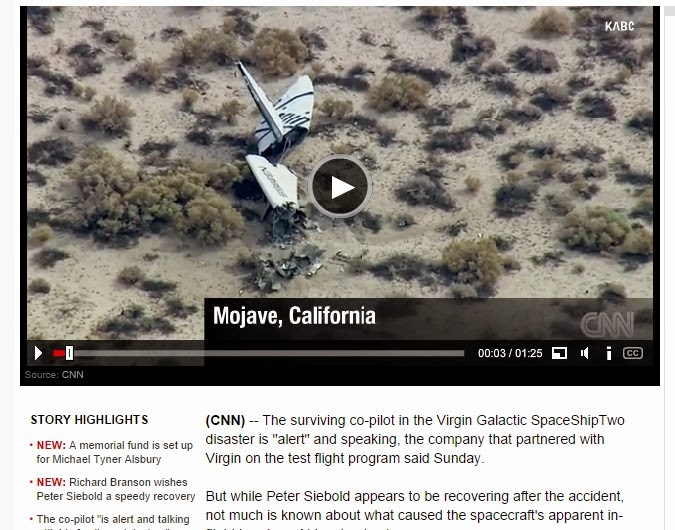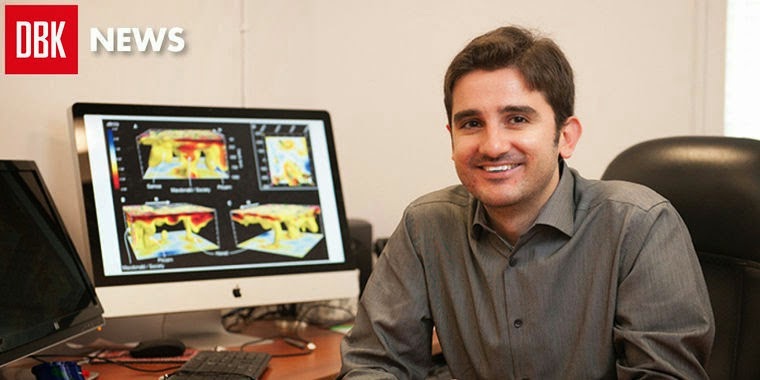Sports are all about the money, and it does not depend on the level of sports that you look at. Sporting culture is one of not only competitiveness and athleticism, but sports are also a business. In life, people are always trying to find a quick way to gain an advantage, and this includes the business side of college sports.
A college program, such as a football team or basketball program, is just as cut-throat as any major business in the United States. As a result of this, programs have tried to cheat in order to have more success, and it have affected not only the programs but the athletes as well. Scandals have plagued the National Collegiate Athletic Association (NCAA) throughout its history, and is just as prevalent today as it was 40 years ago. But what can they really? University of Maryland Director of Baseball Operations Matt Swope analyses the NCAA and the large task they have at hand.
In every decade since the 1970s, there has been at least one major scandal in college athletics, and the scandals are not restricted to one sport. This shows that the NCAA needs to make an adjustment, either changing the rules or changing the way they handle cases so that people stop accepting money illegally. Illegal benefits has become one of the larger topics in college sports, and it’s time for the NCAA to address it.
 |
| Improper benefits scandals have riddled the NCAA over the years. Photo by wbur.org |
What the NCAA has done and can do
For the past 40 years, the NCAA has stuck to its rules on improper benefits, penalizing players and programs specifically based on the case, but regardless of the specifics, the amount of cases of illegal benefits being exposed is way too high. The NCAA has stuck to its rules, but the number of cases has not been deterred. In fact, the number of major cases has actually increased.
This graph shows the number of major cases of illegal benefits throughout the past 4 decades. It creates a clear depiction that this trend is a negative one. The number of serious cases per decade that have involved that accusation of at least one player or program has tripled since the 1990s, and we are not even half way through this decade yet.
So far, the NCAA has done little more than stick to its rules and penalize the players and schools accordingly, but clearly something must be changed. One growing debate is a clear indicator of a direction the NCAA could go in. The topic of discussion is whether student athletes should be able to make money off of the use of their name.
If this idea was adapted by the NCAA, it would basically have schools pay their players based off of income of the program and use of the players name by the program to make money. This change would effectively reduce the number of cases of illegal benefits because many of the cases in the past 10 years have been instances of players accepting illegal benefits for the use of their name by others or selling memorabilia.
Should the NCAA make a Change?
The problem with the idea of paying these athletes is that college athletes are supposed to be considered amateurs. This change would effectively eliminate their amateur status and make them professionals. University of Maryland Director of Baseball Operations Matt Swope, who himself was a college athlete at the University of Maryland, says that college athletes should be considered amateurs.
College athletes receive scholarships to go to school, so it’s not necessary for them to be paid because in a way they are already being paid. With a new addition to the NCAA rules, athletes will also receive free meals. College athletes and Professional athletes are on two completely different levels, and it’s not really fair to compare these kids to professionals so why should they take money away from the school and be paid like one?
On the other side of things, paying college athletes would also make sense. Athletic programs, especially in basketball and football, will make thousands, if not millions, off of their players. Through the selling of the player’s name, and the promotion of that player, the school will make a profit through merchandise sales and ticket sales. Athletes never see any of this money, even though they are partly responsible for the school receiving it. But is the NCAA ready to make a move like this. Matt Swope believes that the NCAA is not ready and that the athletes should not be paid.
In agreement with Swope, athletes should not be paid, or at least not yet. These athletes already receive scholarships and other aid to attend these schools and are not professionals so there is no reason for them to be paid at this current time. The NCAA has no solid answer as to how they would do so either. There are thousands of college athletes, so there is a lot of ground to cover. Also, some colleges have more funding then others which could give some schools an unfair advantage over other because some schools may not be able to pay all their athletes.
This issue is a real problem for the NCAA, but allowing college athletes to be paid is not the answer at this time. They need to find a way to crack down on these cases, whether it is through harsher penalties or teaching athletes more about this rule.
--Page 2--
--Page 2--





